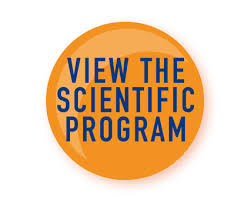
Biography
Biography: Aref Abu-Rabia
Abstract
The Arabs medicine in the Middle East was influenced by many cultures and civilizations, as a result of commerce and trade as well as political, military, religious, and intellectual; and was also influenced by Greece and Rome. The Greco-Roman system of medicine developed based primarily on the writing of Hippocrates, Dioscorides, and Galen.
The sayings (hadith) of the Prophet Muhammad on health and illness were systemized and became known as Medicine of the Prophet, in addition to a number of physicians and traditional healers. One of the greatest and most well-known Islamic doctors was Ibn Sina, who compiled the Canon of Medicine. Another leading Arabic philosopher/physician was Rhazes, who compiled the Comprehensive Book on Medicine. The works of Ibn Sina and Rhazes were later translated into Latin, and continued to influence medical practice until as late as the nineteenth century. The Islamic hospitals provided patients with systematic treatments based upon humoral medicine. These included exercises, baths, dietary regimens, and a comprehensive materia medica, in addition to bone-setting, cauterizing, venesection, and eye surgery. The Arab medical tradition, established in the seventh century, was molded in the tenth century, developed in the eleventh and twelfth centuries, reached its peak in the thirteenth to sixteenth centuries, and later declined in the seventeenth to nineteenth centuries.
This paper will examine several plants, analyze their properties and uses in the alternative medicine practices in the twenty-first century.

